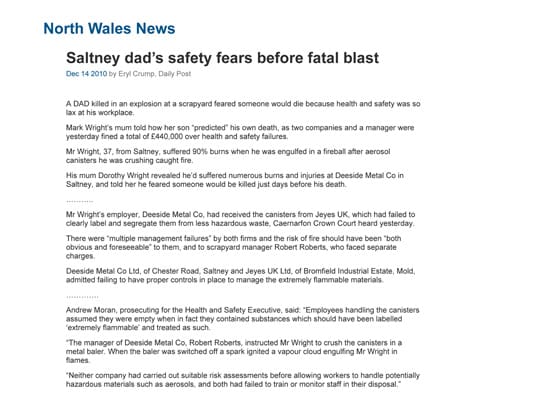 SafetyAtWorkBlog has been following the discussions about safety of all-terrain vehicles and quad bikes for some time. This is because the use of these vehicles encapsulate so many of the issues that workplace safety needs to deal with:
SafetyAtWorkBlog has been following the discussions about safety of all-terrain vehicles and quad bikes for some time. This is because the use of these vehicles encapsulate so many of the issues that workplace safety needs to deal with:
- Safe design
- Personal protective equipment
- Hierarchy of controls
- The line between private activity and work activity
- Personal responsibility
- The “nanny state”
- Regulatory safety guidance
- Industry-based codes of practice
On 19 December 2010, the New Zealand Sunday Star Times ran a feature article on quad bikes, written by Amanda Cropp (I can’t find the article online but please send a link if you can) entitled “Risky Business”. The article is a fair summation of many of the perspectives and attitudes to quad bike safety.
For those readers who like statistics, Cropp writes that
“The annual ACC [Accident Compensation Corporation] bill for quad bike-related injuries is around $7 million, and Hobbs’ claim was among 2533 in 2009, a sizeable increase on the 457 new claims accepted in 2000.” [link added] Continue reading “Quad bike safety issues continue with no end in sight”

